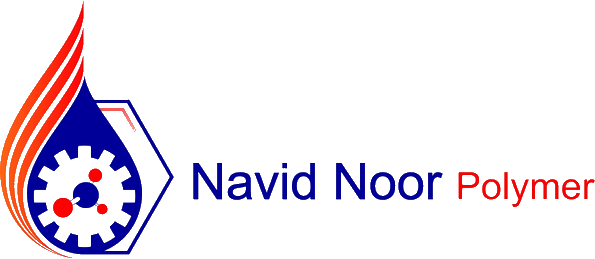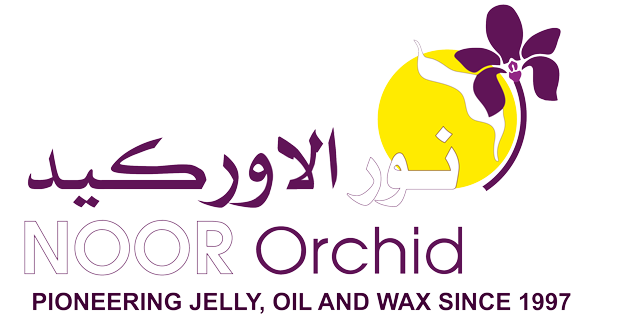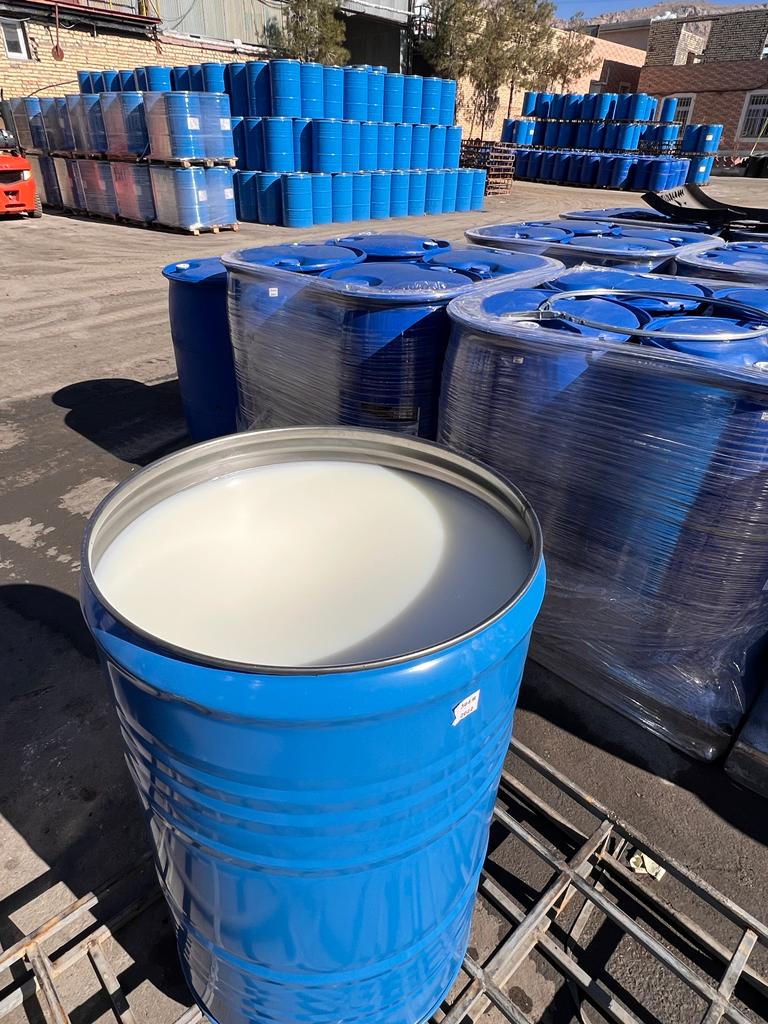The Ultimate Guide to Petroleum Jelly: A Skin Savior
Introduction
Petroleum jelly, also known as petrolatum, has been a household staple for over a century. Its versatility and effectiveness make it a go-to solution for a myriad of skin concerns. This comprehensive guide delves into the science behind petroleum jelly, its myriad benefits for the skin, and how to incorporate it into your skincare routine.
Table of Contents
ToggleHistory and Origins
Petroleum jelly was discovered in the 19th century by Robert Chesebrough, a chemist who noticed oil workers using a gooey substance to heal their skin. This discovery led to the commercial production of petroleum jelly under the brand name Vaseline, which has since become a global phenomenon. The origins of petroleum jelly trace back to oil rigs, where it was initially seen as a nuisance before its benefits were realized.
What is Petroleum Jelly?
Petroleum jelly is a semi-solid mixture of hydrocarbons, originally promoted for its healing properties. It’s derived from the refining process of crude oil and consists of mineral oils and waxes. This unique composition gives it its signature texture and effectiveness in skin protection and healing.
petroleum jelly Composition
Petroleum jelly is composed mainly of hydrocarbons, particularly alkanes. This composition is what gives it its thick, gel-like consistency and its ability to form a protective barrier on the skin.
Production Process
The production of petroleum jelly involves refining crude oil to remove impurities and contaminants. This refining process ensures that the final product is safe for use on the skin, free from harmful substances.
How Does Petroleum Jelly Work?
Occlusive Properties
Petroleum jelly works primarily by forming an occlusive barrier on the skin. This barrier locks in moisture and prevents transepidermal water loss (TEWL), ensuring the skin remains hydrated and protected from external irritants.
Healing Mechanism
The occlusive nature also accelerates healing by keeping wounds moist and creating a protective barrier that shields the affected area from bacteria and other potential contaminants. This environment is conducive to the natural healing process, reducing the risk of scarring and infection.
Barrier Protection
Petroleum jelly acts as a barrier against environmental pollutants and irritants. By sealing the skin, it prevents the entry of harmful substances, which is particularly beneficial for individuals with sensitive or compromised skin barriers.
Benefits for the Skin
1. Moisturization
Petroleum jelly is an excellent moisturizer for dry skin. Its occlusive properties help retain moisture, making it an ideal choice for individuals with dry, flaky skin. It can be used on the face, body, and even lips to prevent dryness and cracking.
Daily Use
Incorporating petroleum jelly into your daily skincare routine can help maintain optimal hydration levels. Apply a thin layer after showering to lock in moisture and keep your skin soft and supple throughout the day.
Overnight Treatment
For intense hydration, apply a generous amount of petroleum jelly to dry areas before bedtime. This overnight treatment allows the skin to absorb moisture while you sleep, resulting in noticeably softer skin by morning.
2. Healing Properties
Petroleum jelly’s healing properties make it an effective treatment for minor cuts, burns, and abrasions. Its ability to keep wounds moist speeds up the healing process and reduces the risk of scarring.
Minor Cuts and Burns
Apply a thin layer of petroleum jelly to minor cuts and burns to protect the area from bacteria and promote faster healing. Its gentle formula is suitable for sensitive skin, making it a safe option for children and adults alike.
Post-Surgery Care
Many healthcare professionals recommend using petroleum jelly on surgical wounds to enhance the healing process. Its occlusive properties keep the wound environment moist, which is crucial for tissue regeneration and repair.
3. Protective Barrier
One of the primary benefits of petroleum jelly is its ability to form a protective barrier on the skin. This barrier shields the skin from environmental pollutants, harsh weather conditions, and other external aggressors.
Environmental Protection
Whether it’s cold, windy weather, or exposure to pollutants, petroleum jelly provides a protective layer that prevents damage to the skin. Applying a thin layer before heading outdoors can help protect your skin from the elements.
Preventing Chafing
Petroleum jelly is also effective in preventing chafing, especially in areas prone to friction such as thighs and underarms. Its lubricating properties reduce friction and prevent skin irritation, making it a popular choice for athletes and active individuals.
4. Anti-Aging Effects
While petroleum jelly is not an anti-aging product per se, its ability to maintain skin hydration can contribute to a more youthful appearance. Well-hydrated skin is less prone to fine lines and wrinkles.
Hydration and Elasticity
By keeping the skin moisturized, petroleum jelly helps maintain its elasticity and firmness. Regular use can result in smoother, more supple skin, reducing the appearance of fine lines over time.
Barrier Restoration
As we age, the skin’s natural barrier weakens, leading to increased moisture loss and susceptibility to damage. Petroleum jelly helps restore and strengthen this barrier, protecting the skin from further damage and maintaining its youthful appearance.
5. Versatility
Petroleum jelly’s versatility is one of its standout features. It can be used for a wide range of skincare needs, from moisturizing to healing to protecting.
Multi-Purpose Use
Whether you need a lip balm, a hand cream, or a wound healer, petroleum jelly can do it all. Its multi-purpose nature makes it a convenient and cost-effective addition to any skincare routine.
Safe for All Ages
Petroleum jelly is safe for use in all ages, from infants to the elderly. Its gentle, hypoallergenic formula makes it suitable for even the most sensitive skin, providing effective care without the risk of irritation.
Common Uses of Petroleum Jelly
1. Lip Care
Chapped lips are a common issue, especially in dry or cold weather. Petroleum jelly provides an effective solution by forming a protective barrier that locks in moisture and prevents further drying.
Lip Balm
Use petroleum jelly as a lip balm to keep your lips soft and hydrated. Apply a small amount throughout the day as needed to maintain smooth, supple lips.
Lip Scrub
For an exfoliating lip scrub, mix petroleum jelly with a small amount of sugar. Gently massage the mixture onto your lips to remove dead skin cells, then wipe off the excess. This simple DIY treatment leaves your lips smooth and ready for balm application.
2. Hand and Foot Care
Dry, cracked hands and feet can be uncomfortable and unsightly. Petroleum jelly provides deep hydration and healing for these tough areas.
Overnight Treatment
Apply a generous amount of petroleum jelly to your hands and feet before bedtime. For added benefit, wear cotton gloves and socks to help the jelly absorb fully. By morning, your skin will feel significantly softer and more hydrated.
Daily Use
Incorporate petroleum jelly into your daily routine to maintain soft, healthy hands and feet. Apply a small amount after washing your hands or after a shower to lock in moisture and prevent dryness.
3. Minor Cuts and Burns
Petroleum jelly’s healing properties make it an ideal treatment for minor cuts and burns. Its occlusive barrier protects the wound and promotes faster healing.
Application
Clean the affected area with mild soap and water, then apply a thin layer of petroleum jelly. Cover with a sterile bandage if necessary. Reapply as needed to keep the wound moist and protected.
4. Preventing Diaper Rash
Petroleum jelly is often recommended by pediatricians to prevent and treat diaper rash. Its gentle formula is safe for a baby’s delicate skin and provides effective protection against moisture and irritation.
Application
Apply a thin layer of petroleum jelly to your baby’s clean, dry bottom at each diaper change. This barrier helps prevent moisture from irritating the skin, reducing the risk of diaper rash.
5. Removing Makeup
Petroleum jelly can also be used as a makeup remover, effectively breaking down makeup without irritating the skin.
Application
Apply a small amount of petroleum jelly to a cotton pad and gently wipe away makeup. Rinse with warm water and follow with your
regular cleanser to ensure all residue is removed.
Debunking Myths
There are several myths and misconceptions surrounding petroleum jelly. It’s important to separate fact from fiction to make informed decisions about your skincare routine.
Myth 1: Petroleum Jelly Clogs Pores
Many people believe that petroleum jelly clogs pores and causes acne. However, it is non-comedogenic, meaning it does not clog pores. When used correctly, it can be a beneficial addition to your skincare routine without causing breakouts.
Myth 2: Petroleum Jelly is Harmful
Some argue that petroleum jelly is harmful due to its origin from crude oil. However, the refining process removes any harmful substances, making the final product safe for use on the skin.
Myth 3: Petroleum Jelly is Not Effective
Despite its long history of use, some people doubt the effectiveness of petroleum jelly. Its numerous benefits, from moisturizing to healing, are well-documented and supported by dermatologists and healthcare professionals.
How to Choose the Right Product
When selecting a petroleum jelly product, there are a few key factors to consider to ensure you’re getting the best quality.
Purity
Choose a product that is labeled as 100% pure petroleum jelly. This ensures that it has been refined to remove impurities and is safe for use on the skin.
Brand Reputation
Opt for products from reputable brands with a history of producing high-quality petroleum jelly. Trusted brands are more likely to adhere to strict manufacturing standards, ensuring the safety and efficacy of their products.
Additional Ingredients
Some petroleum jelly products include additional ingredients like fragrances or moisturizers. If you have sensitive skin, it’s best to choose a plain, unscented version to avoid potential irritation.
DIY Skincare Recipes with Petroleum Jelly
Incorporating petroleum jelly into DIY skincare recipes can enhance its benefits and provide additional nourishment for your skin.
Hydrating Face Mask
Create a hydrating face mask by mixing petroleum jelly with honey and aloe vera gel. Apply to clean skin and leave on for 15-20 minutes before rinsing off with warm water. This mask provides deep hydration and soothes irritated skin.
Exfoliating Body Scrub
Combine petroleum jelly with coarse sea salt or sugar to create an exfoliating body scrub. Gently massage onto damp skin in circular motions, then rinse off. This scrub removes dead skin cells and leaves your skin feeling soft and smooth.
Soothing Foot Soak
For a relaxing foot soak, dissolve a spoonful of petroleum jelly in warm water and add a few drops of lavender essential oil. Soak your feet for 15-20 minutes to soften and hydrate dry, cracked skin.
Expert Opinions and Studies
Dermatologists and skincare experts widely recognize the benefits of petroleum jelly for the skin. Numerous studies support its effectiveness in moisturizing, healing, and protecting the skin.
Dermatologist Recommendations
Many dermatologists recommend petroleum jelly for its simplicity and efficacy. Its non-irritating formula makes it suitable for all skin types, including sensitive skin.
Scientific Studies
Scientific studies have shown that petroleum jelly is effective in reducing transepidermal water loss and promoting wound healing. These studies provide evidence for its widespread use in both medical and cosmetic applications.
Environmental Impact
While petroleum jelly offers numerous benefits, it’s important to consider its environmental impact. Being a byproduct of the oil industry, its production does have ecological implications.
Sustainable Alternatives
Look for brands that prioritize sustainability and ethical sourcing. Some companies produce petroleum jelly alternatives using renewable resources, which may be a more environmentally friendly option.
Responsible Use
Use petroleum jelly responsibly and in moderation. A little goes a long way, so using it sparingly can help reduce the overall environmental impact.
FAQs
Is petroleum jelly safe for all skin types?
Yes, petroleum jelly is safe for all skin types, including sensitive skin. Its hypoallergenic formula makes it suitable for use on infants, adults, and the elderly.
Can petroleum jelly be used on the face?
Yes, petroleum jelly can be used on the face. It is particularly beneficial for dry or irritated areas. However, if you have oily or acne-prone skin, use it sparingly to avoid any potential greasiness.
How often should I use petroleum jelly?
You can use petroleum jelly as often as needed. For daily hydration, apply a thin layer to dry areas after cleansing. For healing purposes, reapply as necessary to keep the wound moist and protected.
Conclusion
Petroleum jelly is a versatile and effective solution for a wide range of skincare needs. From moisturizing to healing to protecting, its benefits are well-documented and widely recognized by experts. Incorporating petroleum jelly into your skincare routine can help maintain healthy, hydrated, and resilient skin.

This is Kamran Malekian working in the petroleum jelly manufacturing industry for Navid Noor Company since 2013 I am eager to make content in this industry and have a good impact on professional users and people using cosmetic and pharmaceutical products.










[…] guide will provide you with everything you need to know. Let’s explore the remarkable uses of petroleum jelly in beauty routines, backed by scientific insights and practical […]